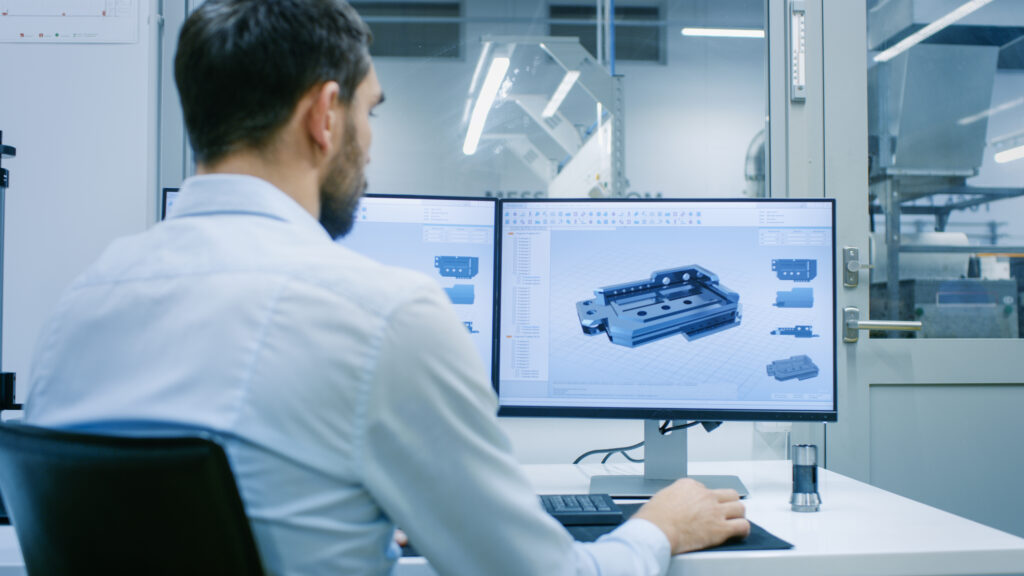Title: How Does Precision Injection Molding Work?
Introduction:
Stage 1: Mold Design
Stage 2: Material Selection
Stage 3: Melting and Injection
Stage 4: Cooling and Solidification
Stage 5: Ejection
Stage 6: Inspection and Quality Control
Conclusion:
You can include images or diagrams in your blog post to provide visual aid to the readers.
Precision injection molding is a manufacturing process that is used to produce intricate and complex parts with high accuracy and consistency. It is a highly automated process that involves the use of sophisticated machinery and computer-controlled systems to ensure that the final product meets the required specifications.
The process begins with the creation of a mold, which is typically made from steel or aluminum. The mold is then mounted onto an injection molding machine, which is responsible for injecting the molten plastic into the mold. The plastic is heated to a high temperature and then injected into the mold under high pressure. Once the plastic has cooled and solidified, the mold is opened and the finished part is ejected.
One of the key advantages of precision injection molding is its ability to produce parts with a high degree of accuracy and consistency. This is achieved through the use of computer-controlled systems that monitor and adjust the injection molding process in real-time. These systems ensure that the plastic is injected into the mold at the correct temperature, pressure, and speed, which helps to minimize defects and inconsistencies in the final product.
Another advantage of precision injection molding is its ability to produce parts with a high level of detail and complexity. This is achieved through the use of sophisticated molds that are capable of producing intricate shapes and designs. The molds are typically made using computer-aided design (CAD) software, which allows for precise control over the shape and size of the finished part.
In addition to its accuracy and precision, injection molding is also a highly efficient process. The use of computer-controlled systems helps to minimize waste and reduce the amount of material that is required to produce each part. This makes it an ideal manufacturing process for companies that are looking to reduce their environmental impact and improve their bottom line.
Overall, precision injection molding is a highly advanced manufacturing process that is used to produce complex and intricate parts with a high degree of accuracy and consistency. It is a highly automated process that is capable of producing parts with a high level of detail and complexity, while also being highly efficient and environmentally friendly.


